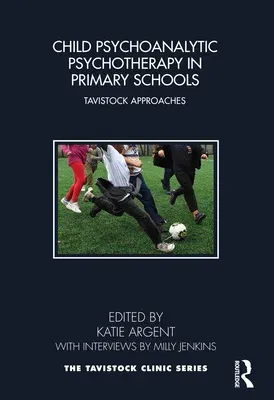This book investigates the experiences of severely troubled children and
their families, teachers, and child psychoanalytic psychotherapists
working together in primary schools.
The book begins by looking at children's emotional life during the
primary school years and what can disrupt ordinary, helpful social
development and learning. It examines what child psychoanalytic
psychotherapy is, how it works, and why it is offered in primary
schools. The following chapters intersperse accounts of creative child
psychoanalytic approaches with interviews with parents, carers,
teachers, and clinicians. A section focusing on mainstream primary
schools presents parent-child interventions for a nursery class; child
group psychotherapy with children from traumatized families; and
consultation to school staff, with personal accounts from parents, a
kinship carer, a family support worker, a deputy head, and a child
psychotherapist. Chapters then focus on alternative educational
settings, featuring a school for children with severe physical and
cognitive disabilities; a primary pupil referral unit; and a therapeutic
school. These chapters show psychotherapy with a non-verbal boy with
autism; therapy groups with children who have missed out on the building
blocks of development alongside reflective groups for school staff; and
child psychotherapy approaches at lunchtime and in breaks, with insights
from a parent, a clinical lead nurse, a head teacher, and a child
psychotherapist. Finally, there is an evaluation of evidence about the
impact of child psychotherapy within primary schools.
Recognizing the increasing importance of attending to the emotional
difficulties of children whose relationships and learning are in
jeopardy, this book will be invaluable to all those working in primary
schools, to commissioners of child mental health services, to parents
and carers, and to experienced and training clinicians.

